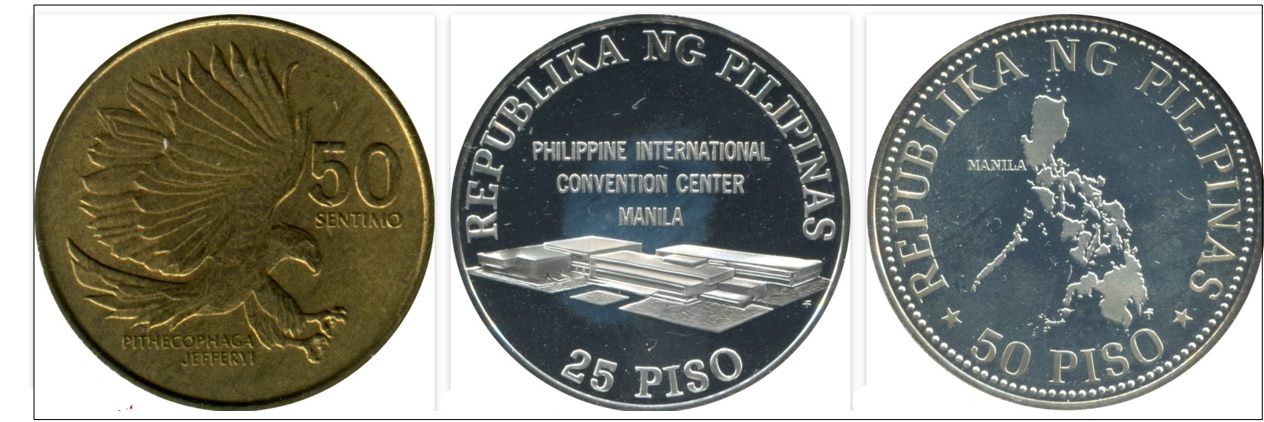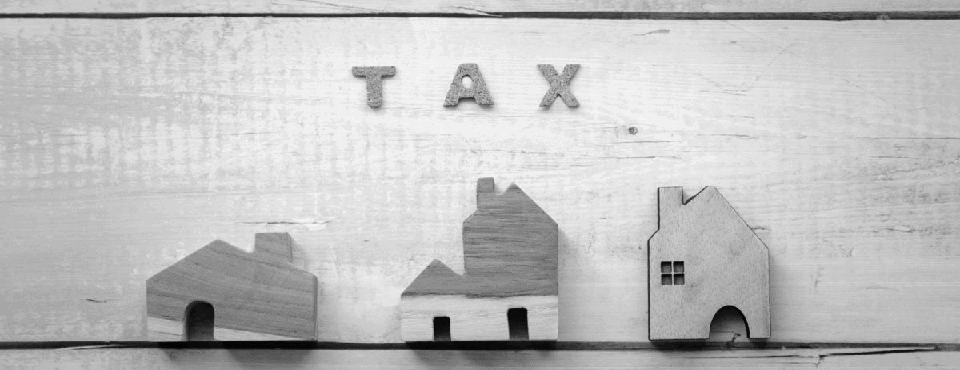In the Philippines you could get a sweet candy as change from a store that has no coins.
A Coin Shortage
Question: How can you have a coin shortage when the supply is sufficient?
Answer: When the shortage is artificial.
The Problem
One reason for the Philippines’ artificial coin shortage is the coins that people leave at home. Hoarding the coins, households keep their loose change in jars and drawers. However, commuters need the coins for the ride home from work. Jumping on a jeepney, riders pay 13 pesos (23 cents).
Mid-block, people can jump on the jeepney:

The problems start when they pay with a large bill and drivers don’t have the change. While e-wallet is an alternative, typical drivers say they are uncomfortable using online apps. Interviewed by the BBC, a small vendor also said she prefers cash. Mistrusting online payment, like other small vendors, she likes to see and feel the coins and bills. If the seller has no coins, then they offer a sweet. In the countryside, the need to use cash is exacerbated by slow internet connections.
The Solution
To get coins out of jars and into stores, the government installed coin machines at shopping centers. Through the machine, consumers exchange a coin stash for scrip that they spend at the mall, or they receive an e-wallet deposit. So far, the machine experiment is working. After six months, they collected 410 million pesos ($7.5 million). Because just 50% of the population uses mobile banking, they need those coins.
Vendors also hope to diminish coin demand by not adding the VAT (Value Added Tax) to a transaction. As a percent of the sale, the tax winds up creating the need for coins. However, if the VAT can be added beforehand, then the retailers can round up to avoid coins.
Our Bottom Line: Demand for Money
Economists would say that the jeepney fare is a part of our transactions demand for money. For smaller transactions and in an unbanked population, many use cash.
However, in economies with a financial infrastructure, households use banked money for larger transactions. They could pay with demand deposits (checking accounts) and the accounts that fund our debit cards.
In addition, we demand money for precautionary reasons. We have medical emergencies, our cars need repairs, and our dishwashers break. For those larger expenses, we use another component of the money supply, our savings accounts, and also demand deposits.
The third category of demand for money is speculative. That speculative category just refers to our investing in money instruments that will pay us more in the future than we paid for them. One example is the Certificates of Deposits that we buy from banks.
Returning to where we began, we can say that jeepneys have fewer coins because they are not winding up in our financial infrastructure.
My sources and more: Thanks to the BBC’s Business Daily podcast for its story of the Filipino coin shortage.
Related
Publisher: Source link











